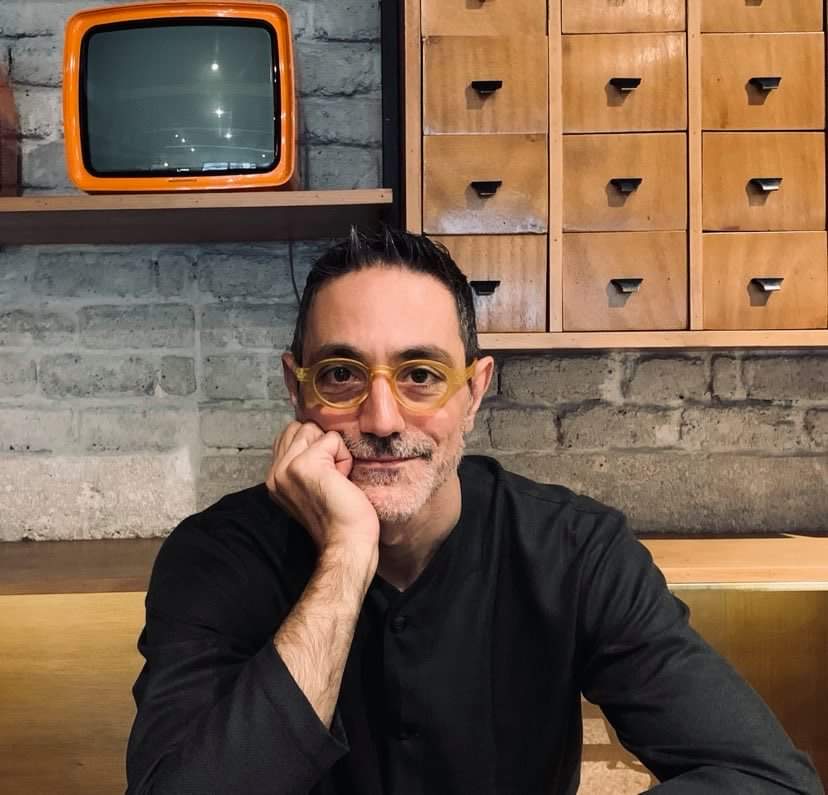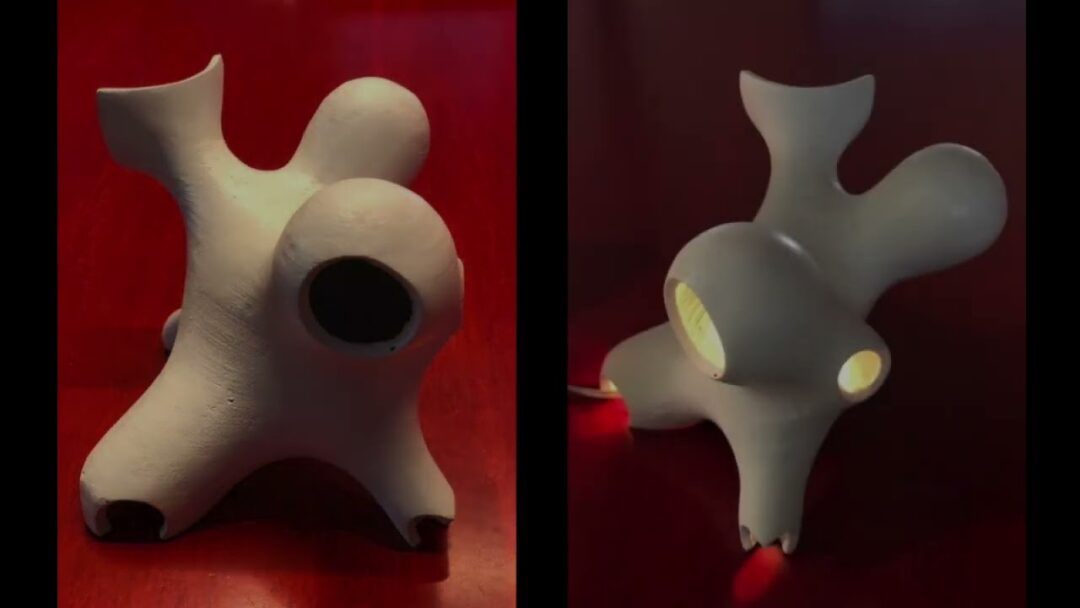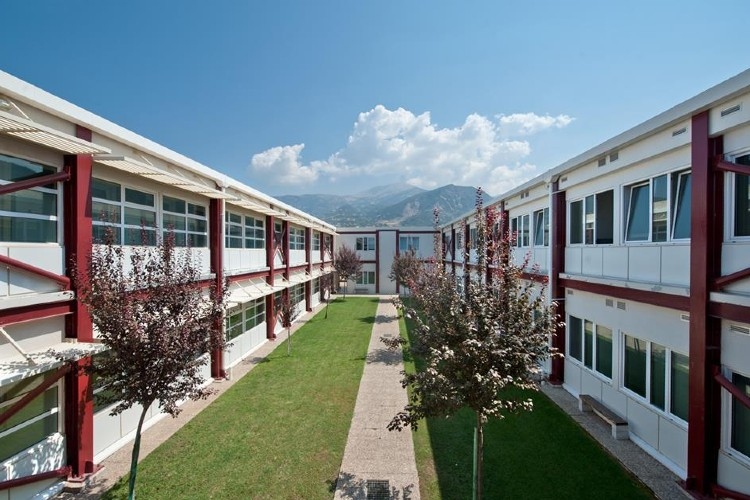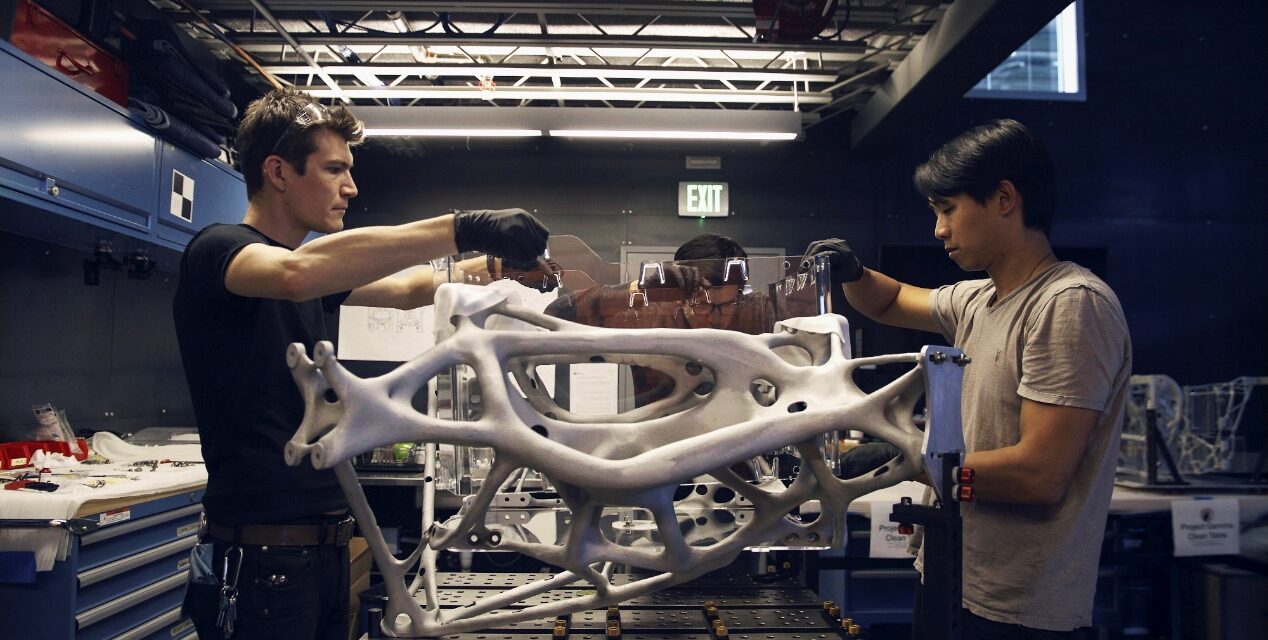The web portal Study in Greece is campaigning for the promotion and international visibility of Greek Universities and the comparative educational advantages of our country. In particular, the campaign focuses on the foreign language study programs that Greek Universities offer to Greek and international students. The initiative is supported by the General Secretariat of Higher Education of the Ministry of Education and Religious Affairs and the General Secretariat for Greeks Abroad and Public Diplomacy of the Ministry for Foreign Affairs. In this context, a number of educational programs and actions are presented in detail on a regular basis, such as undergraduate and postgraduate programs, summer schools etc, to inform international students about the many foreign language options offered by Greek Universities.
Study in Greece interviewed Associate Professor Nikolaos Kourniatis, Director of the Msc in Interaction Generative Design offered at the Hellenic Open University (HOU), about the program, its features and what it has to offer to international students.

Dr Nikolaos Kourniatis is an Architect and a graduate of the National Technical University of Athens. He continued his postgraduate studies at NTUA and postdoctoral research at NTUA and UOA in geometry and holography. He is an Assistant Professor in the Department of Civil Engineering at UniWA and the Director of the IGD. He teaches geometric representations, holography and parametric design at the Department of Civil Engineering and the Department of Interior Architecture at UniWA, as well as at the School of Architecture, UOA. He is the author of the books “Geometric Representation Techniques and Modern Digital Media”, “Geometric Representations in Applied Architectural Design”, “Geometry and Architecture”, and “Perspective in Architectural Representation”. He is a member of the Hellenic Mathematical Society, has participated in international mathematical conferences and has published in scientific journals.
Mr Kourniatis, could you please briefly introduce the Msc Interaction Generative Design (IGD), its features and the history of the program?
The program consists of 6 thematic units in two semesters of study and is completed in the third semester with the diploma thesis. The 3 modules of the first semester are aimed at introducing algorithmic thinking, both theoretically, and about learning the basic algorithmic design tool, namely Grasshopper, which is an add-on of the CAD program Rhino. At the same time, the students are taught basic geometric concepts, through the theory of curved lines and surfaces, which they are then asked to handle in their projects.
In the second semester, further geometrical concepts that are often found in design with algorithmic thinking, such as patterns found in nature and fractal structures, are the subject of the second semester of studies. In this semester students are also taught the basic concepts of digital manufacturing, with methods that make use of CNC machines and 3D printers, as well as delving into interaction design, through sensors that can be placed in structures and control the reaction of the structure to possible actions of man or in relation to the environment, in which it is included.
In the last semester, students choose a topic for their thesis, in collaboration with one of the teachers or in collaboration with more than one teacher in different fields. This topic can be theoretical, based on concepts they have learned in the previous two semesters, or have more of a project character framed by a theoretical reflection.
This program started from a personal vision in 2016-2017 and a related proposal I made to my colleague and Professor St. Zerefos, who encouraged me and showed me how to set up a proposal for such a program to the Open University. What I was thinking was to propose a way of thinking about modern means of design and construction, which would be a continuation of analogical methods and would be based on the geometry of space. This would free the imagination of the designers from the constraints of the respective software. Professor Zerefos was vital in forming the program and without him this MA wouldn’t have been possible.
Then I found the experts, whom I have known from other acquaintances, such as my colleague and Associate Professor S. Giannoudis, who was the first person I approached and with whom we actually set up the program. The content of the different modules was proposed to the Academic Committee of the program by the professors who teach the different subjects. My mission, as the Program Director, was to ensure the coherence of the program and the possible collaboration between the modules, in the sense that the knowledge acquired in the context of a module can be transferred in the practice of another. It is definitely a team effort.

Given that the Msc Interaction Generative Design is taught in English, how do you think that having an international element to the program will help enhance students’ experiences and their understanding of the field of interaction generative design?
The program was designed in English with the aim to engage with international students and facilitate collaborations between different nationalities. We believed that people with different starting points in academia, i.e. who have undertaken similar undergraduate studies, and have possibly formed different perceptions around the subject of spatial planning and its objects, could meet within the framework of this program and illuminate different aspects of the same problem. Also, in the creation of the program we took into account what is happening internationally in the academic field in corresponding such study programs and we have been following the development of interactive algorithmic design in the professional field for years now.
What do you think will be some of the key outcomes and professional opportunities for students enrolled in the Msc Interaction Generative Design?
Graduates of the program are very well versed in methodologies involving algorithmic thinking and also know how to organize their work in terms of digital fabrication. A graduate of this program has the possibility to work in the design of facades, roofs, furniture, lighting, jewelry and in general object design. It can also design the interaction between object and user. In other words, constructions that react to specific actions of the user, such as some facades or canopies or even some sculptures.

Could you please briefly describe how you think the field of interaction generative design will develop and evolve in the coming years? How should educational programs adapt and evolve alongside these developments?
Internationally, knowledge about algorithmic design issues is increasingly spreading in academia. It is a design method that fits and perhaps forms the basis for Artificial Intelligence issues in space design. Design in general is directed towards disengagement from the form of the objects being designed and increasingly towards the control of their structure and inherent properties. Manipulating the properties of an object is the key that can unleash creativity at levels that can surprise the designer himself. This is not a new thought. It is an idea that originates from Plato and was greatly cultivated during the modernist period. But now it has been transformed into a space planning methodology, which is compatible with the principles of Artificial Intelligence and with the possibilities offered through digital construction.
In the course’s first year of existence, how has it engaged students?
The program’s students indicated interest in both the curriculum and the different modules that make it up. A few of them informed us that they thought the content’s exercises were engaging and that the curriculum appeared to be very well-organized. The first students are already working with many professors and combining their particular expertise from various modules to begin their diploma theses. In one instance, the modules of digital fabrication and geometry were merged to study geometric structures that the student would later manufacture using digital machinery.
Read also via Greek News Agenda: Protection of Cultural Heritage and Monuments of Nature from the Effects of Climate Change at HOU
TAGS: EDUCATION














